LED screens have become essential to various industries in today’s digital era. They offer vibrant visuals and dynamic content delivery, from advertising to entertainment. However, choosing a cost-effective LED screen can be daunting with the many available options. This article aims to guide you through selecting one by considering important factors and making informed decisions.
| Table Of Contents |
|
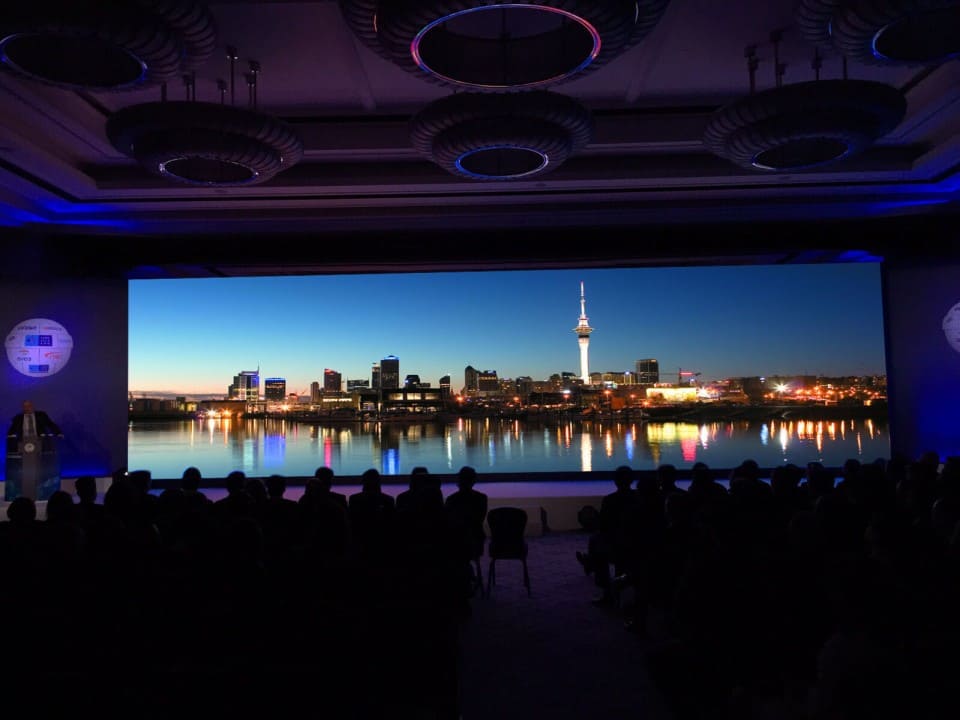
Understanding your requirements is the crucial first step in selecting a cost-effective LED screen that meets your needs. By carefully assessing your specific requirements, you can make an informed decision and avoid unnecessary expenses.
To begin with, consider the purpose of the LED panel. Are you planning to use it for advertising, entertainment, or informational purposes? Based on your content and viewing distance, determine the desired screen size, resolution, and aspect ratio.
Next, evaluate the environment where the LED screen will be installed. Consider factors such as ambient lighting, viewing angles, and space availability. This will help you choose the appropriate brightness level, pixel pitch, and installation method for optimal performance. Additionally, analyze your budget and long-term goals. Assess the total cost of ownership, including maintenance, energy consumption, and lifespan. Strike a balance between upfront costs and ongoing expenses to achieve cost-effectiveness.
Finally, consider any additional features you may require, such as weather resistance, remote control capabilities, or content management systems. Understanding your requirements regarding purpose, environment, budget, and additional features can help you select a cost-effective LED screen that maximizes value and delivers the desired visual impact for your specific application.
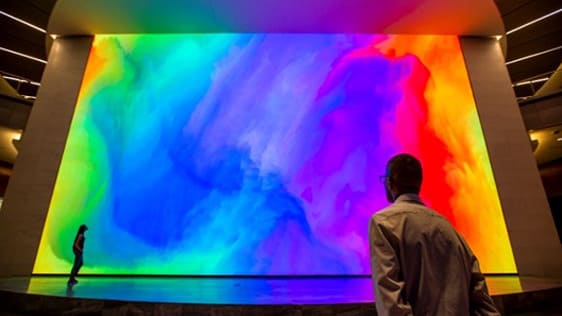
When picking a cost-effective LED screen, sizing it up and nailing the resolution is key for top-notch visuals.
First up, figure out what you’ll use the screen for. Is it for ads, events, or indoor/outdoor setups? This helps you choose the right size that fits the viewing distance and content vibe. Make sure it fits snugly into the space you’ve got.
Next, let’s talk about resolution. Higher resolutions mean sharper images, but they can cost more. Think about how far your audience will be and how detailed your content needs to be. If it’s up close and personal indoors, go for the high-res. You can scale back a bit for bigger outdoor setups and still wow the crowd.
Strike a balance between size and resolution to keep costs in check. Consider your needs, budget, and what’ll impress your audience most. That way, you get the best bang for your buck without sacrificing the visual wow factor.
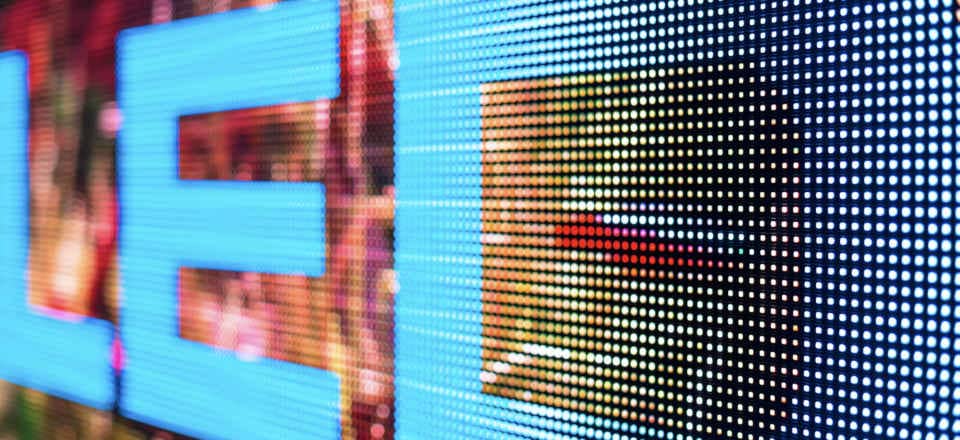
Assessing the display technology is crucial in choosing a cost-effective LED screen that meets your requirements and delivers optimal performance.
First, you need to understand the available LED display technologies. Traditional LED displays and more advanced options such as MicroLED and MiniLED exist. Each technology has its advantages and cost implications. Traditional LED displays are generally more affordable, while MicroLED and MiniLED offer enhanced brightness, contrast, and color accuracy.
Next, evaluate your specific needs. Consider viewing distance, ambient lighting conditions, and desired image quality. If you require a high-resolution display with vibrant colors and excellent contrast, a more advanced technology like MicroLED or MiniLED might be suitable. However, a traditional LED display can still provide satisfactory results if your requirements are more basic and budget-friendly.
It’s essential to consider the long-term cost implications of the chosen display technology. Assess factors like power consumption, maintenance requirements, and expected lifespan. While advanced technologies may offer superior performance, they can also come with higher initial costs and ongoing expenses.
By carefully assessing the display technology options based on your needs, budget, and long-term considerations, you can choose a cost-effective LED screen that balances performance and affordability.

The brightness and contrast ratio is necessary for choosing a cost-effective LED display screen that delivers optimal visual impact. These factors significantly impact the screen’s performance in various environments. Here’s what to keep in mind:
Brightness is measured in nits and determines how explicit and visible the content will be. A brightness level between 500 to 1,000 nits is generally sufficient for indoor applications. However, a higher brightness of 2,000 units or more is recommended for outdoor installations to overcome ambient light.
The contrast ratio measures the difference between an image’s darkest and brightest parts. A higher contrast ratio results in more vibrant and lifelike visuals. For superior image quality and legibility, look for a screen with a high contrast ratio, preferably 3,000:1 or above.
Consider your specific environment and content requirements. A higher contrast ratio is crucial if you plan to display content with dark or intricate details. Similarly, if the screen is exposed to bright sunlight or intense ambient light, opt for a screen with a higher brightness level to ensure clear visibility.
Balancing the brightness and contrast ratio is essential for visual impact and cost-effectiveness. Carefully assess your specific needs, installation environment, and budget to select an LED screen that strikes the right balance and delivers an immersive and cost-effective visual experience.

Examining the refresh rate and response time is crucial in choosing a cost-effective LED panel that delivers smooth and fluid visuals. These factors play a significant role in determining the screen’s ability to handle fast-moving content. Here’s what to consider:
The refresh rate refers to the number of times the screen updates per second. A higher refresh rate, typically measured in Hertz (Hz), ensures smoother motion and reduces motion blur. For optimal visual quality, look for a screen with a refresh rate of at least 60Hz or higher. However, remember that higher refresh rates may come at a higher cost.
Response time measures how quickly a pixel can change from one color to another. A lower response time, measured in milliseconds (ms), reduces ghosting and blurring during fast-paced scenes. Look for a screen with a response time of 5ms or lower to ensure crisp and sharp visuals, especially for gaming or action-oriented content.
Consider your specific needs and content requirements. If you plan to display fast-moving videos, animations, or gaming content, a higher refresh rate and lower response time are essential for a seamless and immersive experience. However, if your content is primarily static or slow-paced, you can opt for slightly lower specifications for cost-effectiveness.
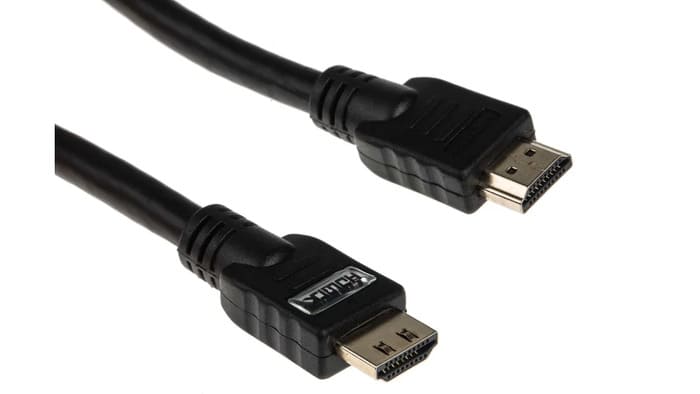
Analyzing connectivity options is essential in choosing a cost-effective LED screen that seamlessly integrates with your existing setup and ensures efficient content management.
First, assess the input options available on the LED screen. Look for standard connectors like HDMI cord, DisplayPort, or VGA to ensure compatibility with your video sources. Determine the number of inputs you require based on the devices you will be connecting, such as computers, media players, or video consoles.
Next, consider additional connectivity features that can enhance usability and convenience. Look for USB ports, Ethernet connectivity, or wireless options (Wi-Fi or Bluetooth) that enable flexible content playback and remote control.
Evaluate the compatibility with content management systems. If you manage and control multiple LED screens centrally, ensure the chosen screen supports popular CMS platforms or offers its software for efficient scheduling, content distribution, and monitoring.
Lastly, consider future-proofing your investment by assessing if the LED screen supports emerging technologies or standards, such as HDR (High Dynamic Range) or 4K resolution, which can ensure compatibility with evolving content and deliver a superior visual experience over time.
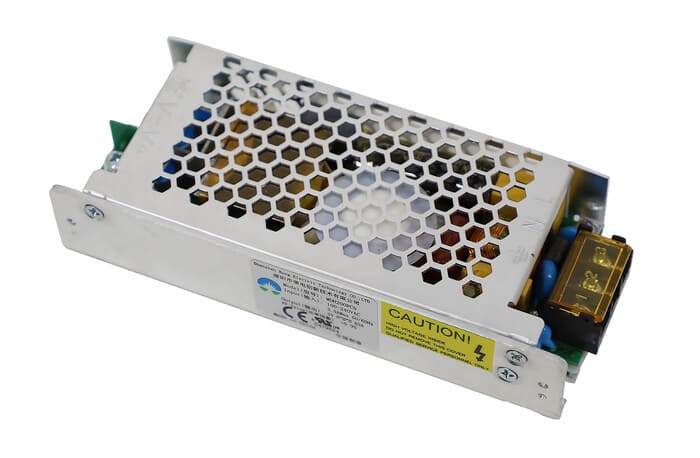
Reviewing power efficiency is crucial in choosing a cost-effective LED screen that minimizes energy consumption and reduces long-term operating costs.
First, assess the LED screen’s energy efficiency rating. Look for displays with certifications such as ENERGY STAR, which indicate adherence to stringent energy efficiency standards. These screens are designed to consume less power without compromising performance.
Next, evaluate the manufacturer’s power consumption specifications. Look for screens with lower wattage ratings, as they typically consume less electricity during operation. Consider the expected usage patterns and calculate the potential energy savings over the screen’s lifespan.
Consider additional power-saving features that the LED screen may offer. Look for features like automatic brightness adjustment, presence detection, or scheduling capabilities that allow you to optimize power usage based on usage patterns and environmental conditions.
Lastly, consider the total cost of ownership over the screen’s lifespan. While more energy-efficient screens may have a higher upfront cost, they can significantly save electricity bills in the long run. Evaluate the payback period to determine the cost-effectiveness of investing in a more energy-efficient LED screen.

Exploring durability and maintenance is necessary for choosing a cost-effective LED screen that ensures longevity and minimizes maintenance costs.
First, assess the build quality and durability of the LED screen. Look for screens constructed with high-quality materials and sturdy frames to withstand various environmental conditions and potential impacts. Consider factors such as resistance to dust, moisture, and temperature fluctuations, especially if the screen will be installed in challenging environments.
Next, evaluate the expected lifespan of the LED screen. Look for screens with a longer lifespan, typically measured in hours of operation. A longer lifespan indicates a more durable display that can withstand continuous use without significant degradation in performance.
Consider the LED screen’s maintenance requirements. Look for screens with easy access to components, such as modular design or front serviceability, which can simplify maintenance and minimize downtime. Additionally, inquire about the availability of spare parts and after-sales support to ensure hassle-free maintenance and repairs.
Assess the manufacturer’s reputation and track record. Research customer reviews and testimonials to gauge the reliability and durability of the LED screens they offer. A reputable manufacturer with a history of producing reliable and durable displays can provide peace of mind and long-term cost-effectiveness.
Consider the following factors to make an informed decision:
First, compare the prices of different LED screen options. Look for screens that fit your budget without compromising essential features and quality. However, be cautious of highly low-priced screens, which may indicate lower quality or limited functionality.
Next, evaluate the warranty offered by the manufacturer. A comprehensive guarantee assures manufacturing defects and potential malfunctions. Look for a contract with a reasonable duration, typically one to three years or more. Carefully review the terms and conditions of the agreement, including any limitations or exclusions.
Consider the reputation and reliability of the manufacturer. Research customer reviews, testimonials, and the company’s track record to ensure they have a reputation for honoring warranties and providing excellent customer support.
Evaluate the value proposition. Consider the overall package of features, quality, and warranty at the price. A slightly higher-priced LED screen with a more extended warranty and better reputation may offer better long-term value and cost-effectiveness than a cheaper screen with limited warranty coverage.

Seeking expert advice is valuable in choosing a cost-effective LED screen that meets your specific requirements and maximizes your investment. By consulting with professionals in the field, you can gain insights, guidance, and recommendations to make an informed decision. Consider the following benefits:
Expertise And Knowledge. Professionals in the LED screen industry have extensive knowledge about various brands, technologies, and market trends. They can provide valuable information on the latest advancements, cost-effective options, and potential pitfalls to avoid.
Customized Recommendations. Experts can assess your needs, budget, and installation environment to offer tailored recommendations. They consider screen size, resolution, brightness, connectivity options, and maintenance requirements to help you select the most cost-effective solution.
Costly Mistakes. Experts can identify potential pitfalls and help you avoid common mistakes when choosing an LED screen. Their experience and insights can save you from investing in unsuitable products or making decisions that lead to higher long-term costs.
Industry Connections. Professionals often have established relationships with reputable manufacturers and suppliers. They can leverage their connections to negotiate better pricing, warranty terms, or additional benefits on your behalf.
Long-term Support. Seeking expert advice establishes a relationship for ongoing support. Professionals can guide installation, setup, content management, and troubleshooting, ensuring you maximize your LED screen’s lifespan and performance.
Making a final decision is the last crucial step in choosing a cost-effective LED screen that fulfills your requirements and aligns with your budget. Consider the following factors to solidify your choice:
Evaluate all gathered information. Review the information you have collected throughout the decision-making process. Consider factors such as screen size, resolution, display technology, connectivity options, durability, power efficiency, warranty, and expert advice. Assess how each option aligns with your specific needs and priorities.
Cost-effectiveness analysis. Compare the overall cost of each LED screen, including the initial purchase price, long-term operating costs, maintenance expenses, and potential energy savings. Balance the upfront investment with the expected lifespan and performance to determine the true cost-effectiveness of each option.
Prioritize essential features. Identify the key segments and requirements that are non-negotiable for your application. Consider factors such as image quality, durability, connectivity, and warranty coverage. Determine which LED screen best meets these critical criteria.
Consider future scalability. Anticipate your future needs and growth potential. Choose an LED screen that can accommodate future content requirements, technology advancements, and potential expansion without a complete replacement.
Trust your instincts. Trust your gut feeling after thoroughly analyzing all the information and considering your budget. A particular LED screen may be the right choice if it stands out and meets your needs while aligning with your budget.
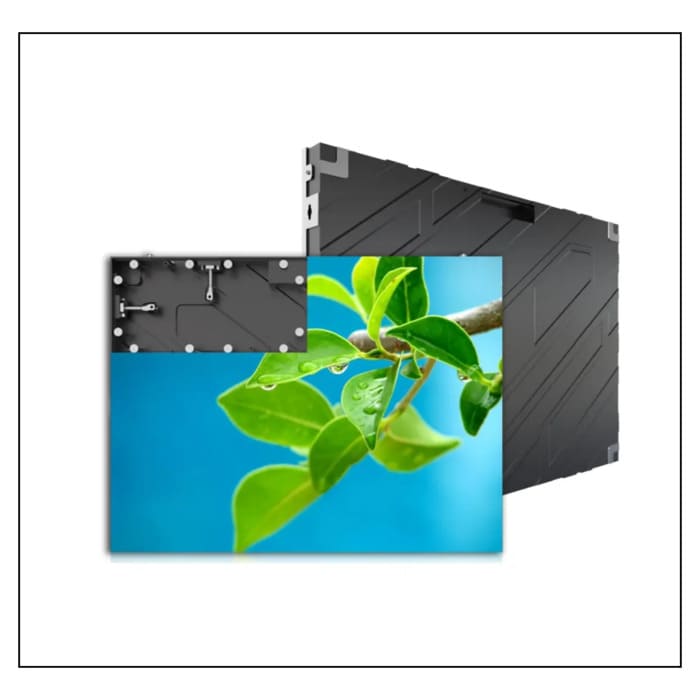
Are cost-effective LED screens of lower quality?
Cost-effective LED screens can offer a good balance between price and quality. When assessing the quality, it’s essential to consider the manufacturer’s features, specifications, and reputation.
Can I use an indoor LED screen for outdoor purposes?
Indoor LED screens are not recommended for outdoor pursuits. Outdoor LED screens are designed to withstand harsh weather conditions and provide better visibility.
What is the lifespan of an LED screen?
The lifespan of an LED screen can vary depending on various factors, including usage, maintenance, and quality. On average, LED screens can last anywhere from 50,000 to 100,000 hours.
Can LED screens be repaired if they are damaged?
Yes, they can be repaired. However, the repair process and feasibility depend on the extent of the damage and the availability of spare parts.
Are LED screens suitable for all types of content?
LED screens are versatile and can display various types of content, including images, videos, animations, and text. However, the resolution, pixel pitch, and viewing distance must be considered to ensure optimal visibility and clarity.
Choosing a cost-effective LED screen involves carefully considering various factors, including your requirements, screen size, resolution, display technology, brightness, connectivity, power efficiency, durability, pricing, and warranty.
By following the outlined steps and seeking expert advice if needed, you can make an informed decision and invest in a cost-effective LED screen that fulfills your visual display needs. Should you have questions or inquiries, please email us at